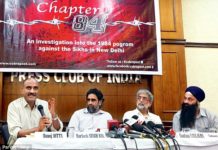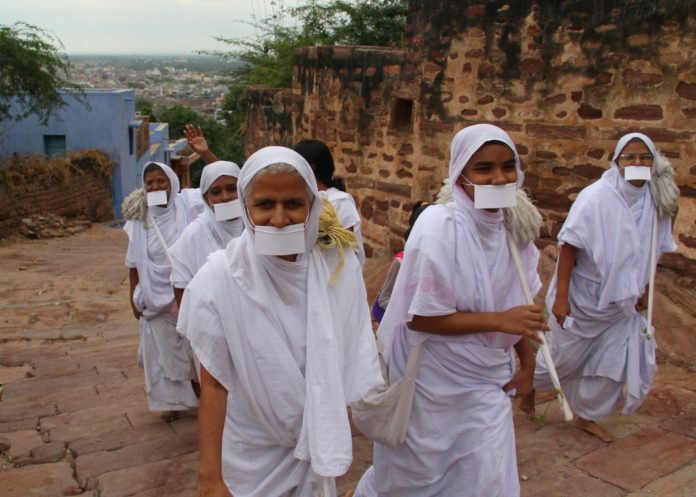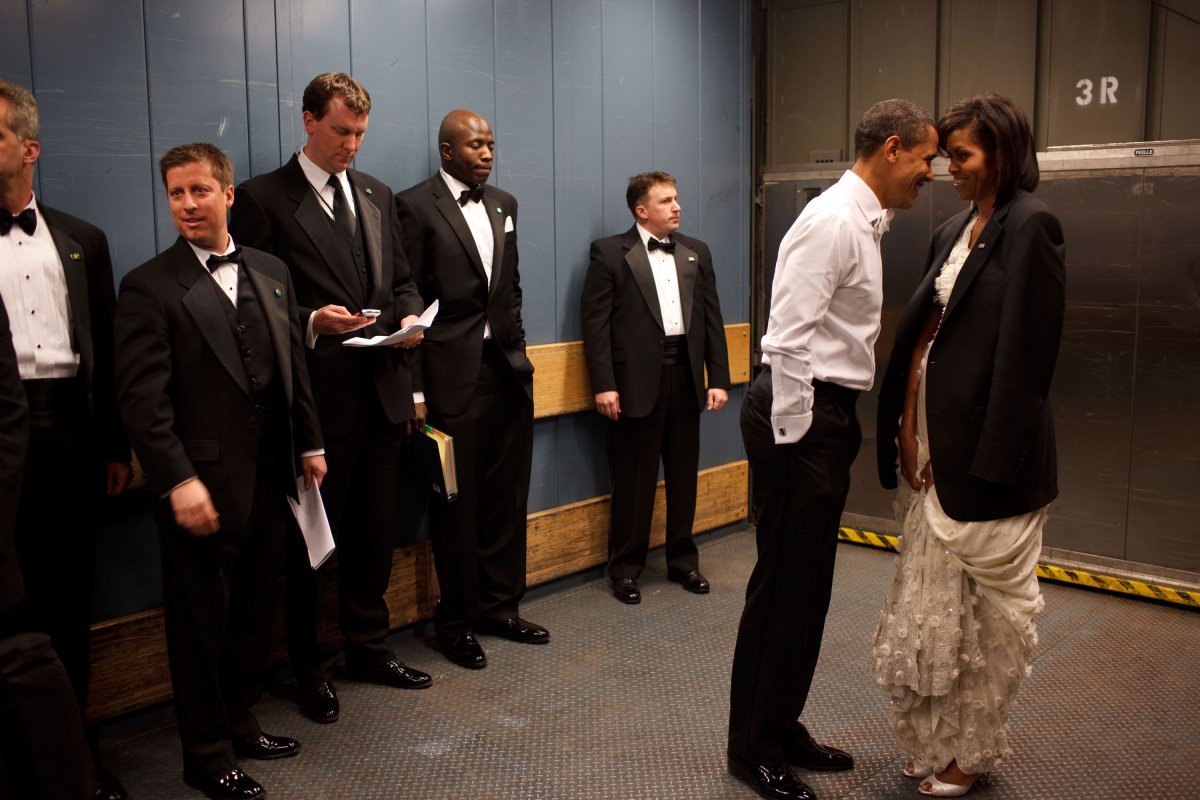The debate on ‘Santhara’, a Jain ritual of fasting unto death which was held illegal by the Rajasthan High Court, is far from over on the question of whether it is glorified suicide or a religious practice.
While ‘Santhara’ was held illegal in August last year by the High Court which made it punishable under section 306 (abetment of suicide) and 309 (attempted suicide) of IPC relating to abetment of suicide, some legal experts say the practice is a “humungous canvas” covering “two cosmologies (of life and death)” which required protection under the constitutional provision.
Within days of the High Court verdict, the Supreme Court had stayed the order after several religious bodies of the Jain community approached it claiming the Rajasthan HC had not appreciated the basic philosophy and tenets of the Jain religion.
The controversial issue was the topic of discussion at a recent seminar organised by Jindal Global Law School (JGLS) here in which MP and senior lawyer Abhishek Manu Singhvi, who professes Jainism, said Santhara is “indeed a humungous canvas”.
His views got the endorsement of Shiv Visvanathan, Vice Dean of JGLS, who said “the real basis of ‘Santhara’ is a meditation on two cosmologies” of life and death.
The High Court judgement was stayed by the Supreme Court and the matter is still sub judice, Khagesh Gautam, Associate Professor and Assistant Dean at JGLS, vouched for protection of the practice under doctrine of essential practices under Article 25 of the Constitution on the grounds that it was an important aspect of Jainism.
“While this theme is very unusual, it is quite exciting and interesting, because it stands at the crossroads of so many diverse sub-themes. It stands at intersecting crossroads of law, religion, constitutional law and sociology. It is indeed a humungous canvas,” Singhvi, who has been appointed as adjunct professor of JGLS, said.
Terming Singhvi’s speech as incomplete, Visvanathan drew a sociological perspective on the practice and observed that “a cosmology of death and a cosmology of life; and the cosmology which puts, because of its philosophy of time, a continuity between death and life.
From Agencies, Feature image courtesy jainpedia



























